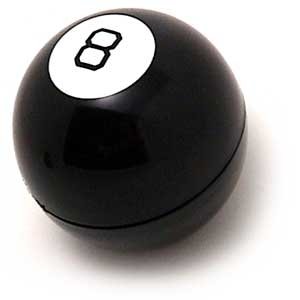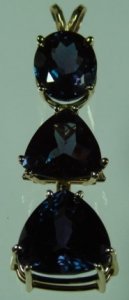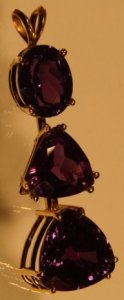purplesparklies
Brilliant_Rock
- Joined
- Sep 28, 2010
- Messages
- 744
I have a stone that was purchased in Greece in 1970. It was purchased at a high end jewelry store. It is a large round stone that has a really interesting cut that shows a flower-esque shape when you look at it from the top. It is a color change stone that changes from a gorgeous green to blue-green to deep blue to deep purple to amethyst purple and even a purple-y wine color. It is eye-clean but a local jeweler put it under a scope and says it is full of lines, straight lines. Now, I realize that it is not going to be natural alexandrite based on the size and clarity. However, I would love to know what it is. In my own amateur research I've read that the most likely answer is corundum but sources have said that will contain curved lines, not straight. Also, from my reading it will go blue but never green. This stone definitely gets green. The greens/blues come out in natural light, the purples/wines are in various indoor lighting. Local jewelers are of no help. They just want to give me the "synthetic alexandrite" at first glance but are uninterested in my helping me identify it specifically. Thanks so much for your help!






300x240.png)